That Rolex timepieces are scarce is not news. What IS news is the Swiss watchmaking brand’s latest certified pre-owned programme, a project that sees it officially entering the second-hand market through its authorised distributors.
While speculations on whether or not this would affect the market positively or negatively abound, the question on the minds of collectors, fans and would-be owners is: would this certified pre-owned programme make the collectible timepieces, especially newly-manufactured ones, more ubiquitous?
Long waitlists are not exclusive to Rolex
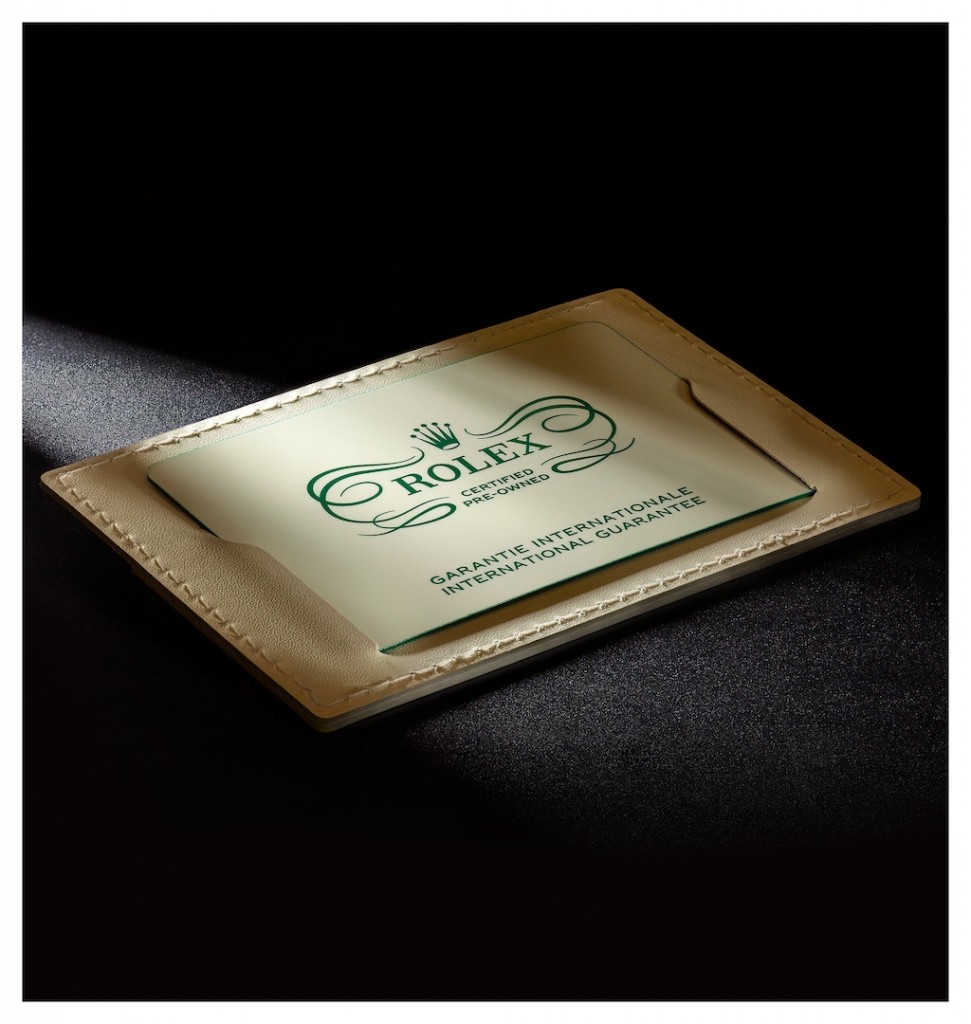
Long waitlists are to luxury brands as large volumes are to mass-market goods.
For years, anyone looking to buy luxury goods had to contend with waiting for nothing less than six months. And in this period, the unwritten rule was for customers to purchase other smaller products to prove loyalty, especially if they were not regulars.
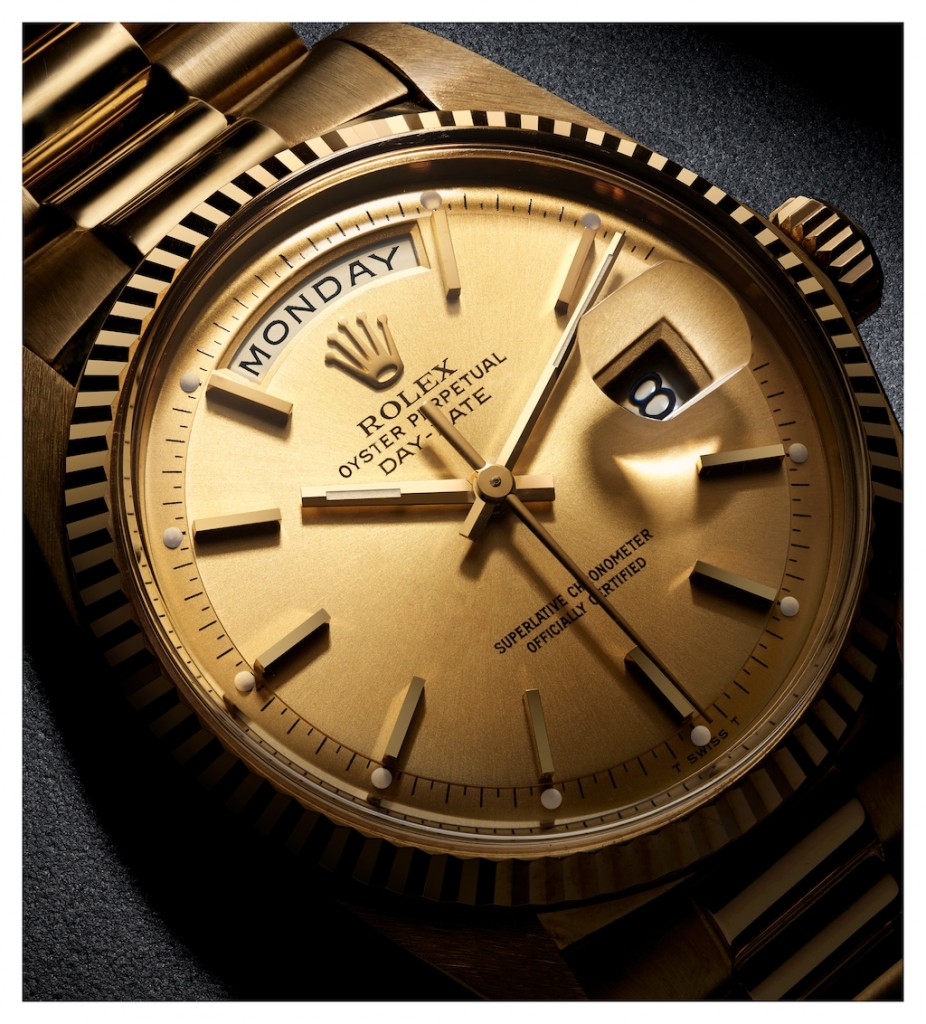
In recent years, however, online shopping, same-day delivery and newer technologies that promote instant gratification have made delays obsolete and unacceptable.
But for Rolex, whose yearly output has been guessed at, the scarcity and delays are more frustrating
Most luxury brands do not reveal the total number of items they produce every year, Rolex inclusive. But for the latter, it is widely speculated that this number is between 800,000 to 1,000,000.
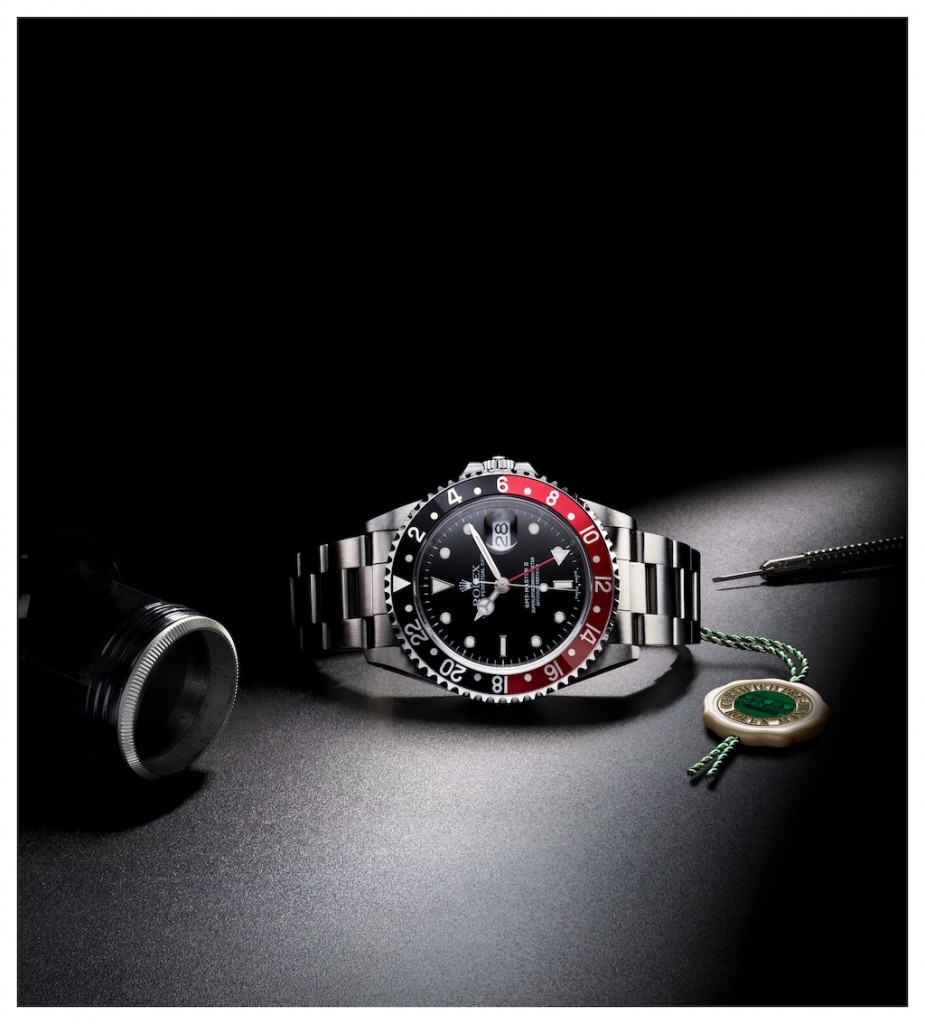
It is not clear how this number is distributed across all the models; however, it has not stopped collectors and customers alike from believing that it should be enough to cater to their demands and that the scarcity is in fact a strategy to drive up the value of the timepieces.
The secondary market has not helped matters
As demand continues to outpace supply, and with sustainability dominating every aspect of our lives, purchasing pre-owned luxury items is no longer regarded as taboo among the affluent.
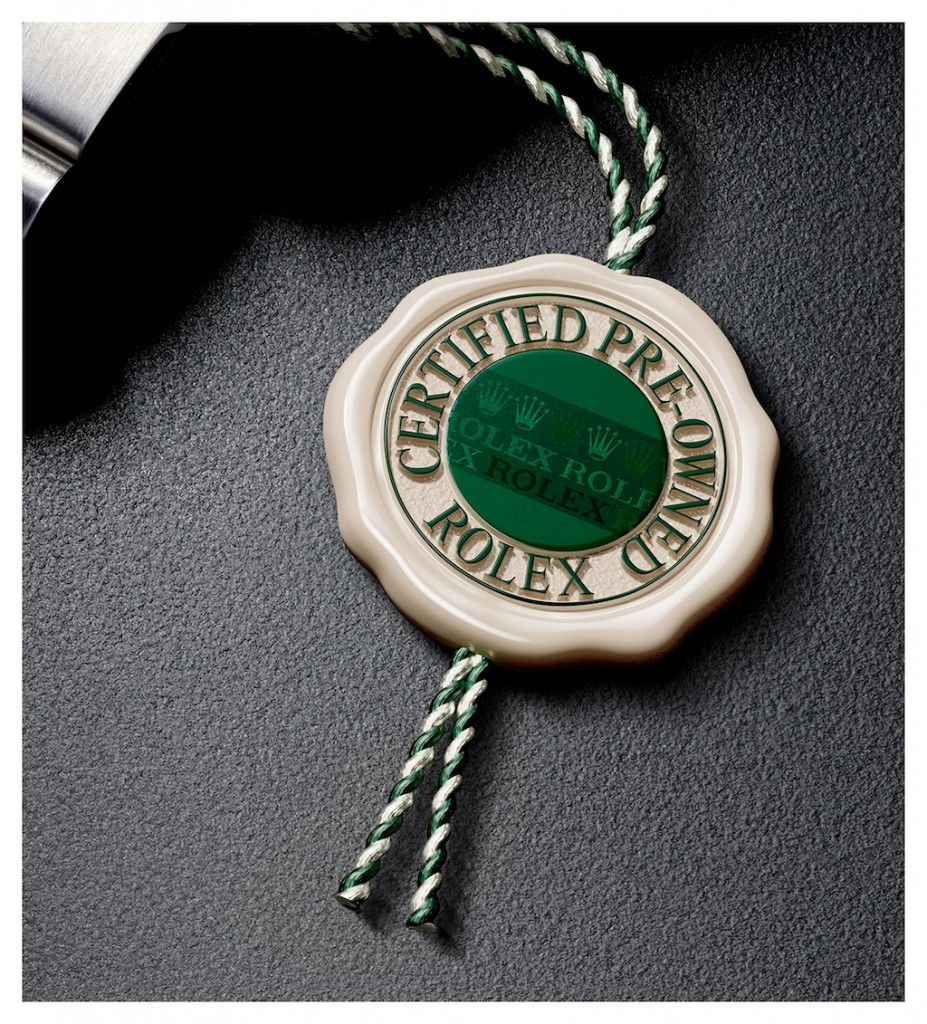
Unfortunately, as hard-to-get luxury goods flooded the secondary market, Rolex timepieces became even harder to purchase due to the unjustifiably exorbitant prices resellers put on them.
Interested buyers understandably became increasingly frustrated.
Rolex has said it is aware but absolved itself of fault
In 2021, when the outrage rose to an almost frenzied pitch, Rolex broke its silence, explaining that while it was aware of the difficulty in purchasing its timepieces, it could not simply increase production as this would impact quality.
But soon after, prices of Rolexes on the secondary market began to slide, and in the face of rising discontent, the Swiss brand must have realised that it was time to act.
The Rolex Certified Pre-Owned Programme might be its way of managing the secondary market
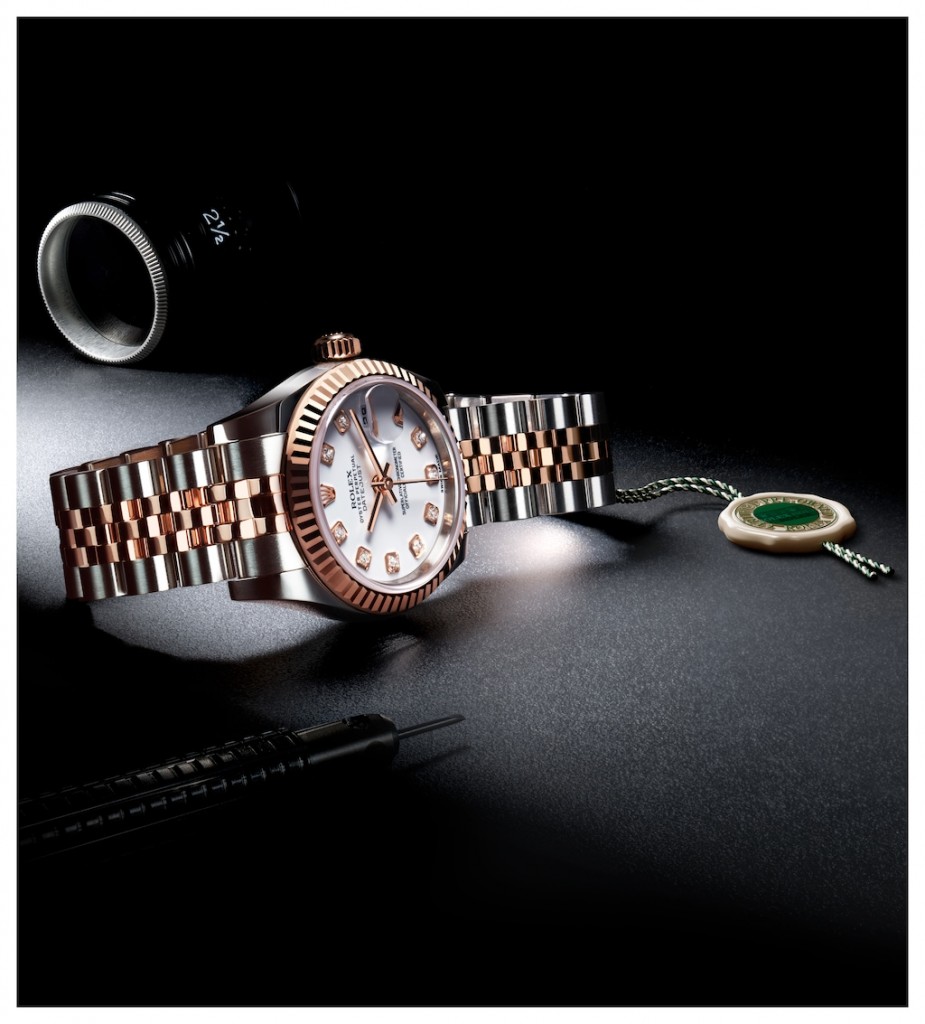
By authorising retailers to offer certified and guaranteed pre-owned timepieces with the clause that “Rolex watches – new or second-hand – should only be bought from Official Rolex Retailers,” Rolex has managed to achieve two things: make it harder for its customers to buy fakes on the secondary market and reduce the challenge of purchasing pre-owned timepieces at inflated prices.
So, would this solve the Rolex scarcity problem?
Maybe not. The presence of ADs has not solved the scarcity of new Rolexes. What is the assurance that authorised pre-owned retailers would help?
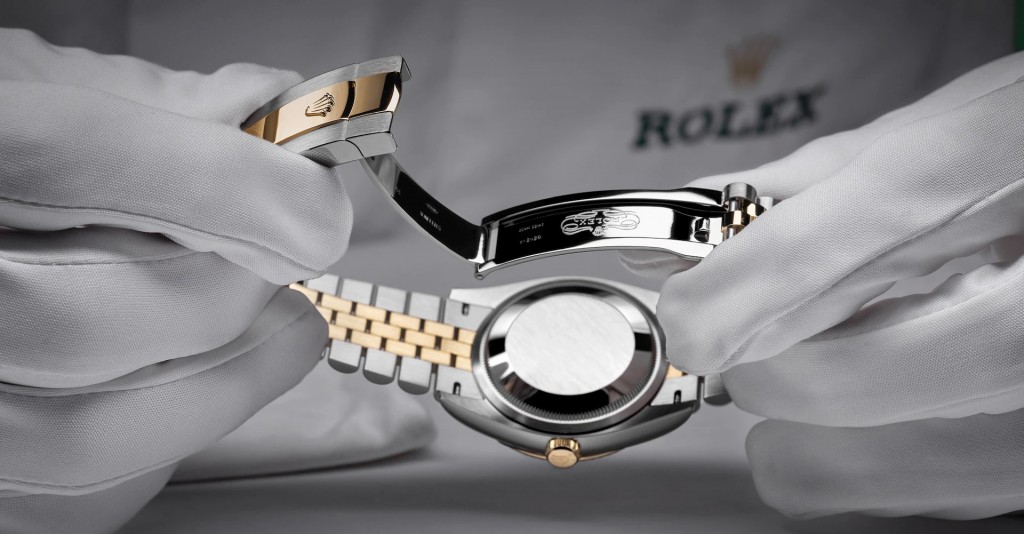
However, what appears to be a more possible scenario is that prices on the secondary market would crash. Unless of course the authorised retailers start to hoard these timepieces – something ADs have been accused of countlessly.
In the end, we can only play the waiting game and let time show us just how the Rolex Certified Pre-Owned Programme would impact the market.
